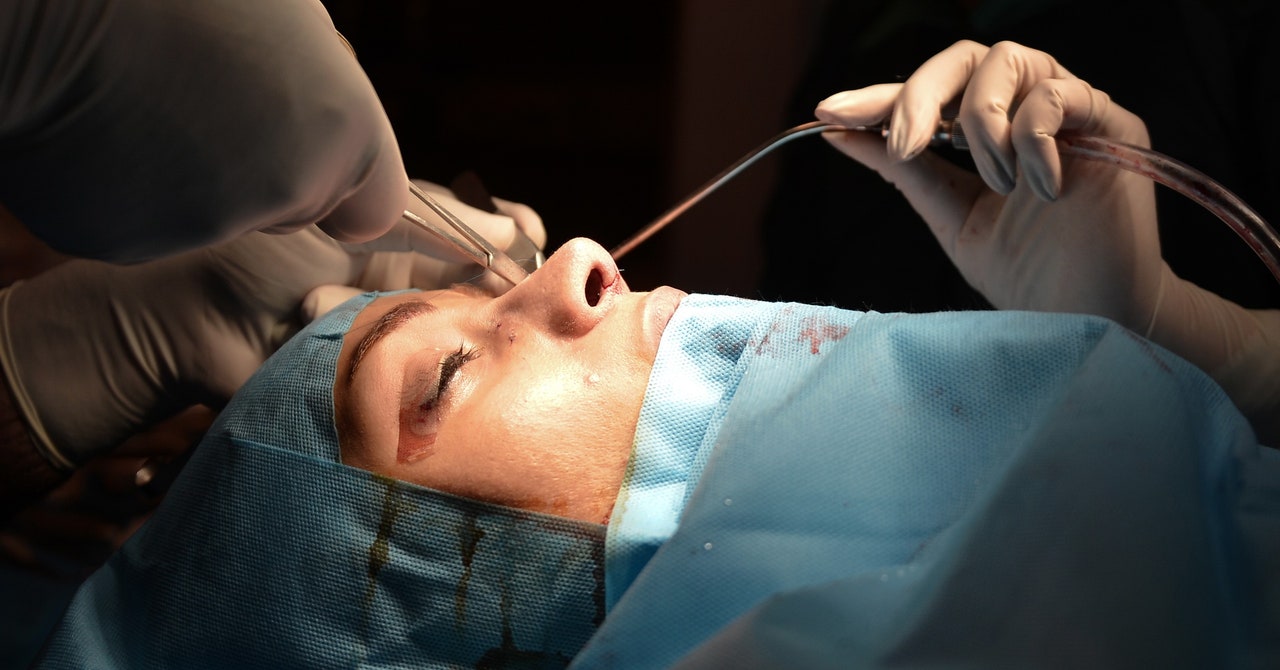Abstract
Ipomoea simoesiana, a new species of Convolvulaceae is described from the Western Ghats of India. The species is morphologically similar to I. ochracea (Lindl.) G.Don but it is distinguished by its hirsute stem and sepals, leaves with an acute apex, globose capsule, and hirsute seeds. A detailed description, distribution, phenological period and relevant taxonomic notes are provided to facilitate its easy identification. An identification key for all yellow-flowered species of Ipomoea in India is also included. The conservation status has been provisionally assessed as Endangered.
Keywords: Biodiversity, Rocky crevices, Maharashtra, Morning Glory, Sahyadri range
 |
| Ipomoea simoesiana sp. nov.: a. Habit; b. Flower; c. Calyx lobes; d. Flower–Longitudinal section; e. Stamen; f. Gynoecium; g. Capsule; h. Seeds. |
 |
| Ipomoea simoesiana sp. nov.: a. Flowering twig; b. Tuberous root; c. Corolla–top view; d. Flower–split open showing stamens and gynoecium; e. Calyx; f. Capsule; g & h. Seeds. |
Ipomoea simoesiana Shimpale, A.V. Kattee & S.B. Patil sp. nov.
The new species is morphologically similar to Ipomoea ochracea (Lindl.) G. Don in terms of habit and flower color but can be distinguished by several key features: it has hirsute stems (vs. glabrous or tomentellous); leaves that are cordate at the base and acute to acuminate at the apex (vs. broadly cordate at the base and finely acuminate); densely hirsute sepals (vs. glabrous to tomentellous sepals); a corolla tube that is yellow throughout (vs. purple inside at the base); and globose fruits (vs. ovoid fruits), and hirsute seeds (vs. seeds reticulate, glabrous to tomentose at margins).
Etymology: The species is named after Dr. Ana Rita G. Simoes, Scientist at Royal Botanic Gardens, Kew, UK in recognition of her contribution to the studies of the family Convolvulaceae, especially in tribe Merremieae.










Leave a Comment